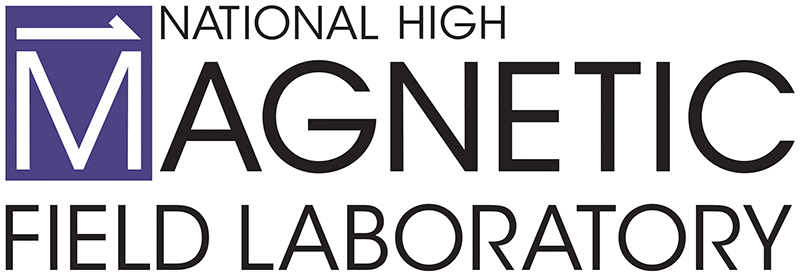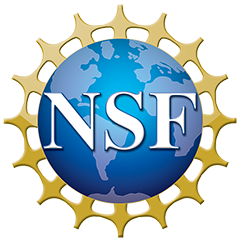| Symbols | Terms | Units | Definitions |
|---|---|---|---|
| [µ0]Hc | Critical magnetic field | Magnetic field below which Type I superconductors exhibit superconductivity. | |
| [µ0]Hc1 | Lower critical magnetic field | T | Magnetic field below which Type II superconductors exhibit perfect diamagnetism (exclusion of an applied magnetic field from the superconductor). Lower than Hc. |
| [µ0]Hc2 | Upper critical magnetic field. | T | Magnetic field below which Type II superconductors exhibit stable superconductivity. |
| B | Magnetic induction | T | |
| G | Gauss | Unit of magnetic flux often used for low fields, the flux density over the earth's surface is ~ 0.5 G. | |
| HTS | High Temperature Superconductors |
Rare earth cuprate based superconductors with Tc values in excess of 30 K. First discovered by Bednorz and Müller in 1986. |
|
| Ic | Critical Current | A | The electrical current below which a conductor exhibits superconductivity. The value is sensitive to the voltage criterion used. |
| Jc | Critical Current Density | A/m2 but A/mm² reported | The electrical current density below which a conductor exhibits superconductivity. The value decreases with increasing temperature and applied field. The value is sensitive to the voltage criterion used. Commercial Nb-Ti strand can be purchased in kilometer lengths with Jc in excess of 3000 A/mm² at 5 T. |
| K | Kelvin | Temperature scale with zero at absolute zero and unit size the same as centigrade. 0 K = -273 ºC. | |
| LTS | Low Temperature Superconductors | All superconductors in use prior to the discovery of superconductivity in rare earth cuprates in 1986. The highest Tc in this class is for Nb3Ge (23 K at 0 T) | |
| T | Tesla | Unit preferred for high fields. 1 T = 10 kG | |
| Tc | Critical Temperature | K | The temperature below which a material exhibits superconductivity. Typically given for zero current and applied field. The value decreases with increasing current and applied field. |
| Type I | Type I superconductors | Most elemental superconductors are of this type. They exhibit perfect diamagnetism. | |
| Type II | Type II superconductors | Alloy and HTS superconductors as well as Nb, V and Tc. Retain superconductivity beyond initial flux penetration at Hc1 up to a much higher upper critical field, Hc2 | |
| k | Ginzburg-Landau parameter, "kappa" | None | l/x |
| l(T) | Magnetic penetration depth | Nm | Depth to which an external field penetrates a superconductor. As low as 30 nm for Nb and as high as 1000 nm for YBa2Cu3O7 with field parallel to the a-b plane. Temperature (T) sensitive. |
| x(T) | Coherence Length | Nm | The minimum distance over which the density of superconducting electrons may change significantly. Temperature (T) sensitive. Ranges from ~2 nm for YBa2Cu3O7 (with field parallel to the a-b plane) to 83 nm for Pb. |
| F | Magnetic flux | Wb | weber |
| t | Reduced temperature | T/Tc |


